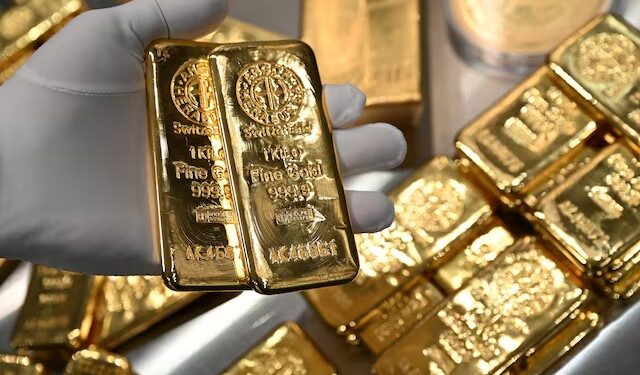Gold’s relentless ascent to fresh record highs is reshaping investment strategies worldwide, as traditional correlations between the metal, inflation, and interest rates appear to weaken. Once viewed primarily as a hedge against economic turbulence, gold has entered a new era of sustained demand driven by central bank buying, geopolitical unease, and a structural shift in global reserve management.
Central banks drive demand surge
Much of gold’s historic rally has been fuelled by central banks in emerging markets, which have accelerated purchases to diversify reserves away from the U.S. dollar. China, India, and several Middle Eastern economies have all expanded their holdings this year, with the World Gold Council reporting record official-sector demand. This sustained buying has provided a floor under prices even as real yields in the United States have risen.
A shift in investor perception
Institutional investors are also revising long-held assumptions. Gold’s ability to maintain upward momentum despite high interest rates has challenged conventional models linking its performance to bond yields. Analysts say the metal is increasingly seen as a strategic asset in an uncertain geopolitical climate, rather than simply a defensive holding during downturns. Exchange-traded funds, which had seen outflows in 2023 and early 2024, are now reporting renewed inflows.
Geopolitical tension adds fuel
Escalating conflicts in Eastern Europe and the Middle East, along with rising friction between the U.S. and China, have further boosted safe-haven demand. Investors are viewing gold as both a financial and geopolitical hedge—a store of value that transcends national currencies and political cycles. The ongoing uncertainty surrounding global trade and elections in major economies has strengthened that appeal.
New playbook for portfolio managers
With gold trading at record levels above $2,400 per ounce, fund managers are reassessing traditional portfolio allocations. Some strategists now argue that a higher long-term weighting in gold—up from the conventional 5%—is justified given today’s geopolitical and fiscal landscape. Others caution that the rally could lose momentum if global stability returns or inflation expectations ease.
Newshub Editorial in Global Markets – 10 October 2025



Recent Comments